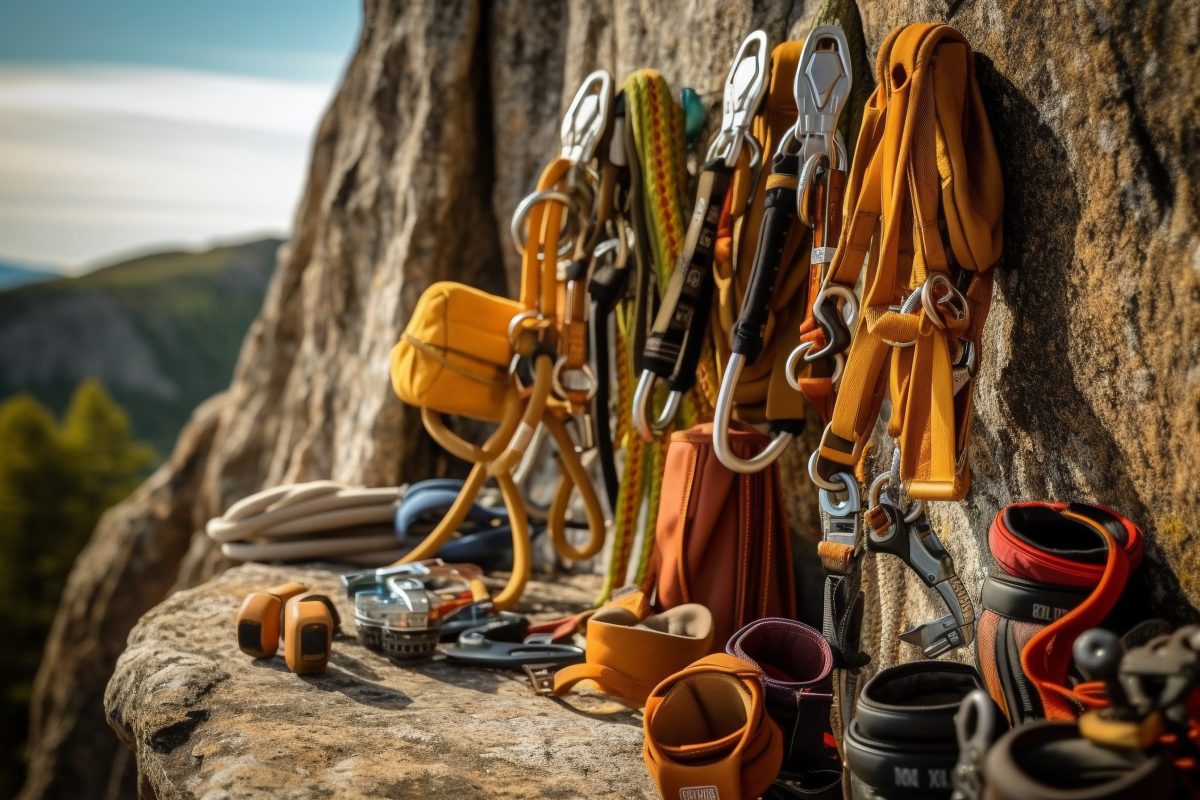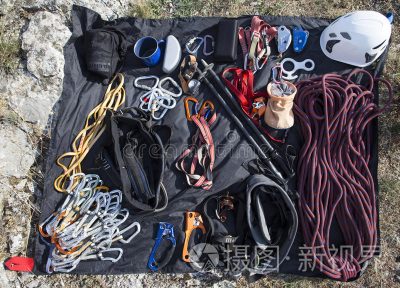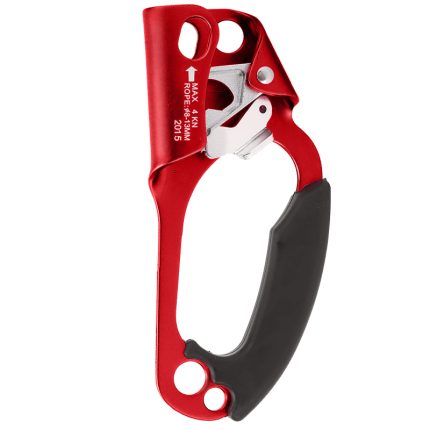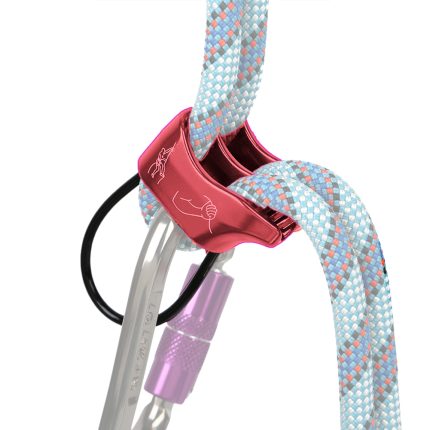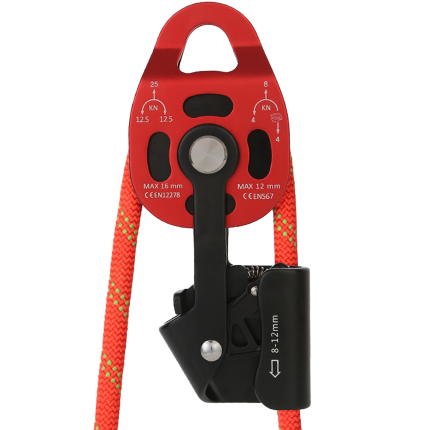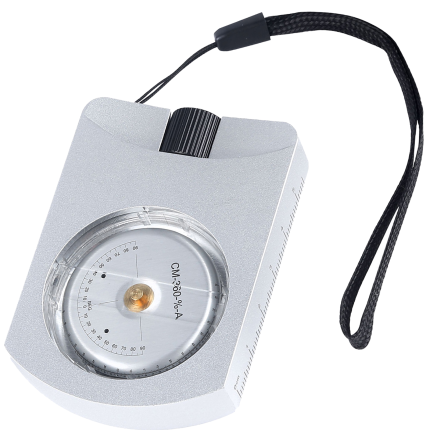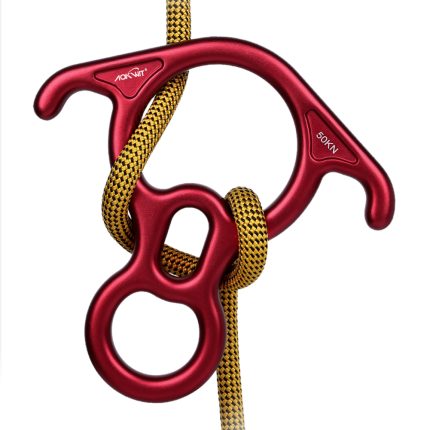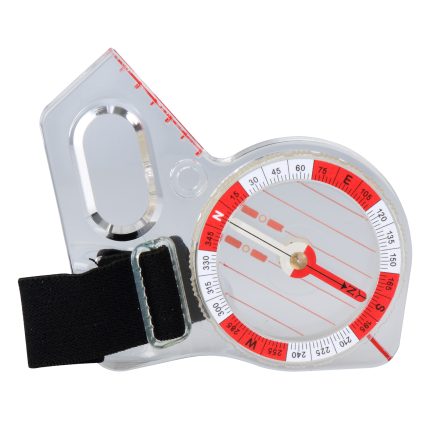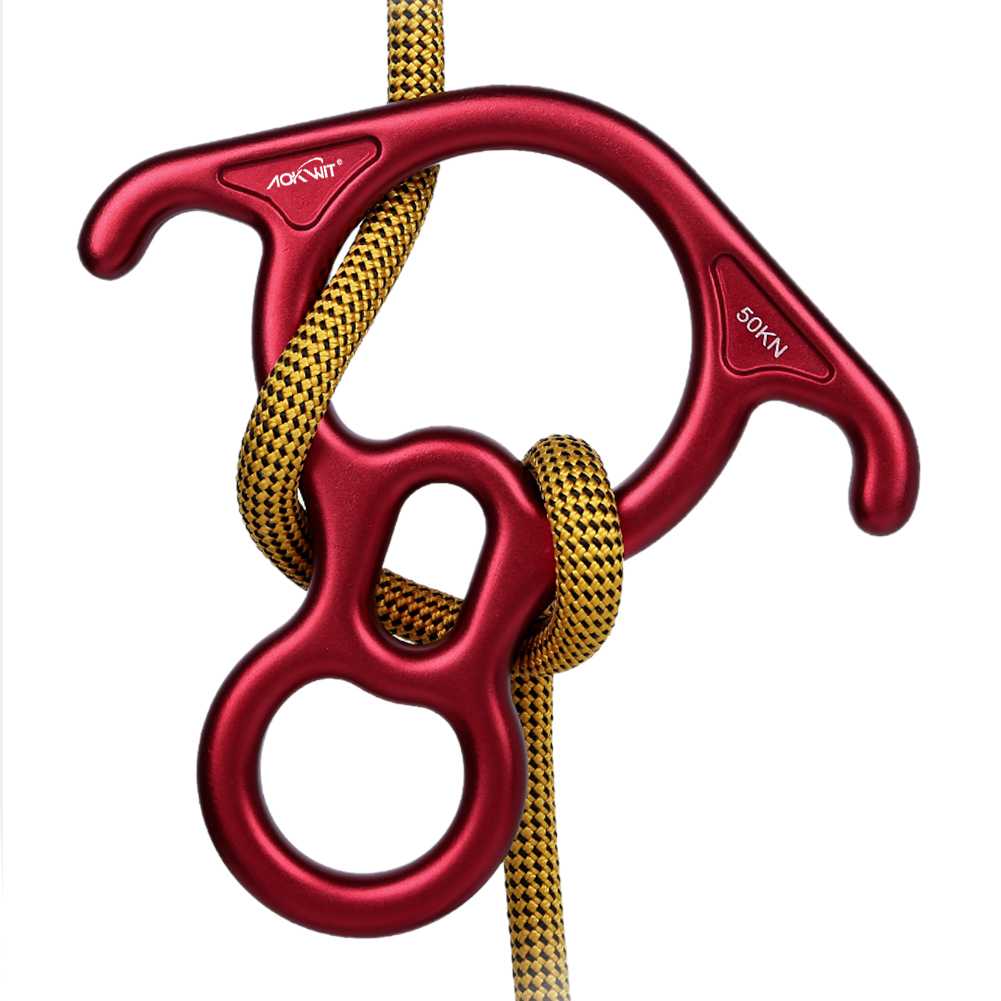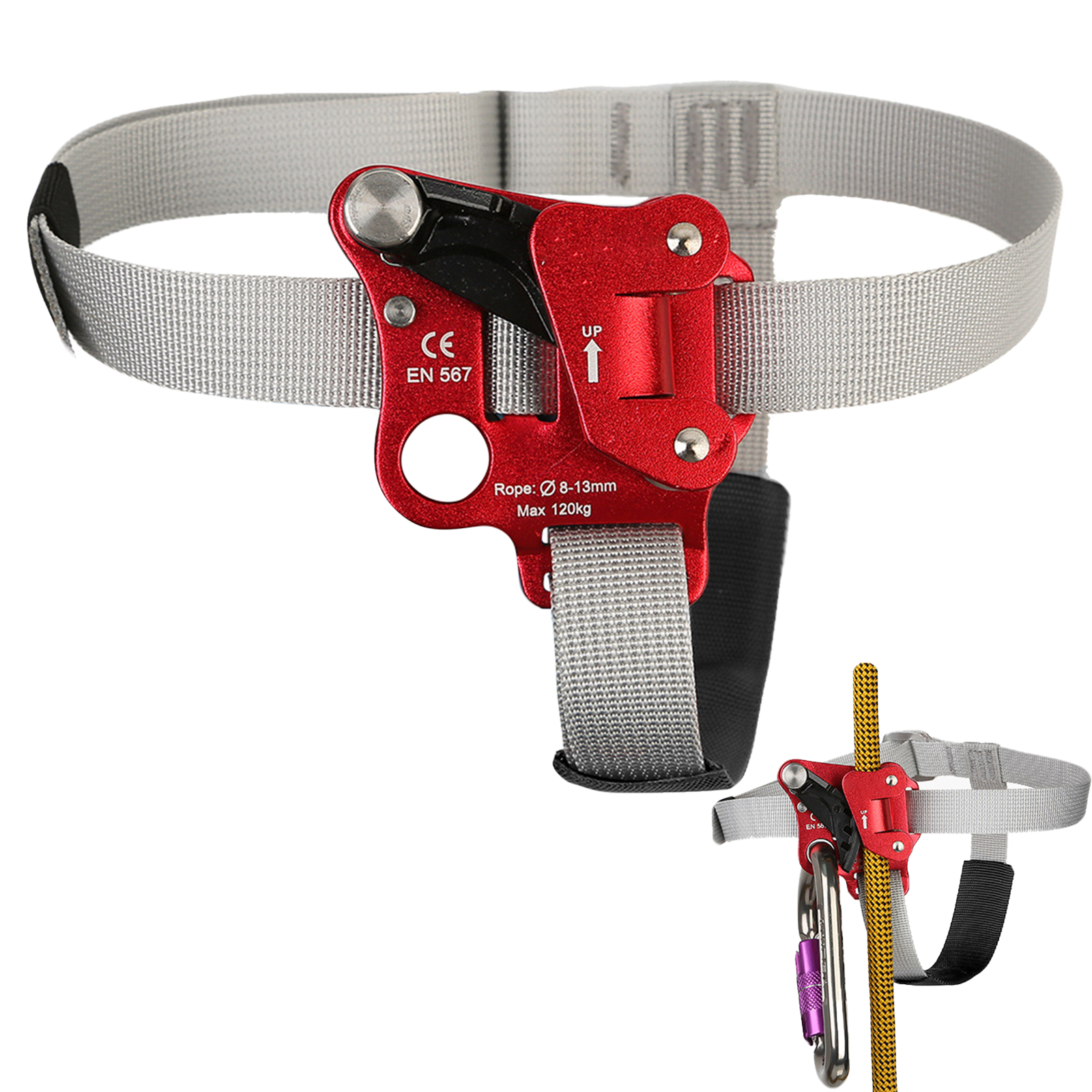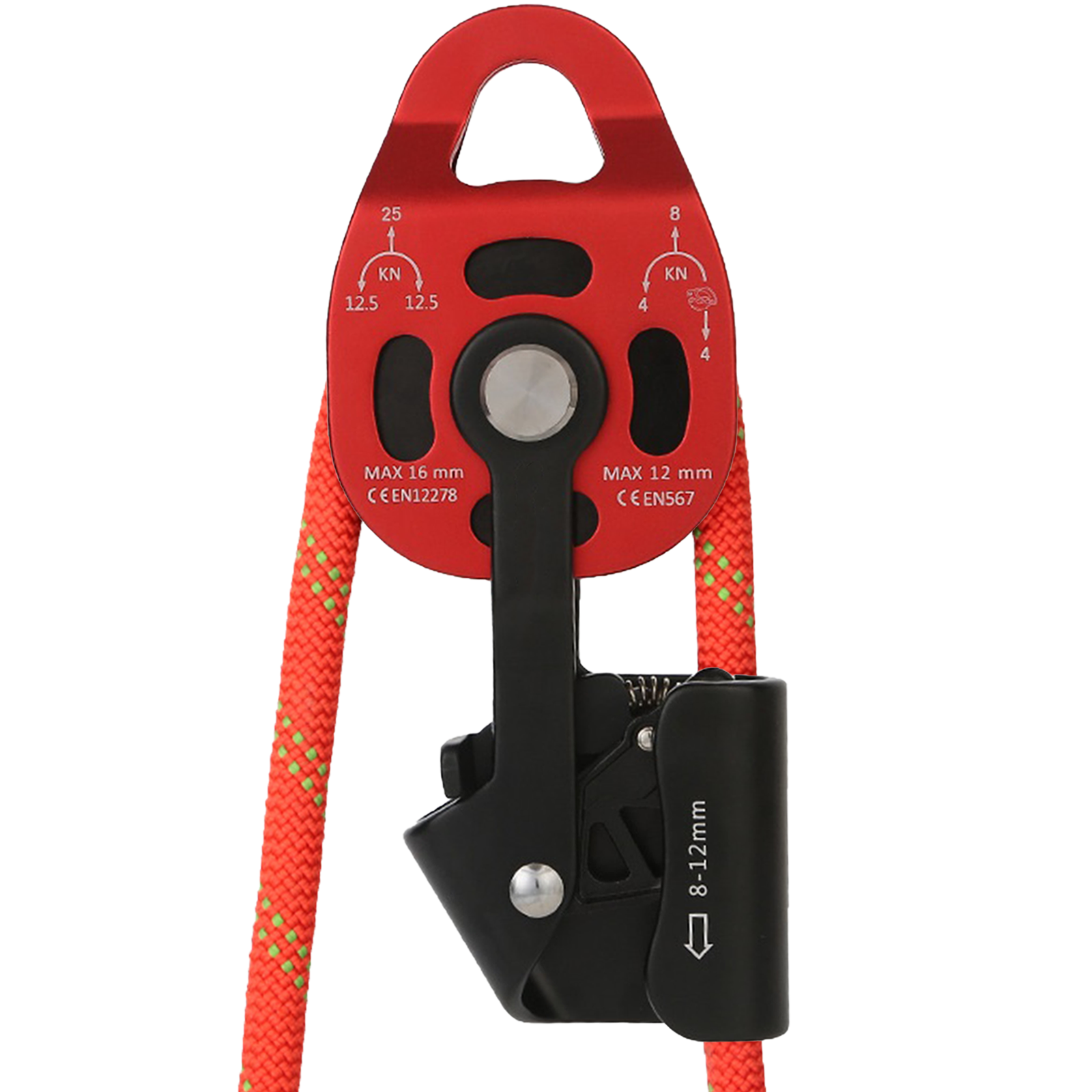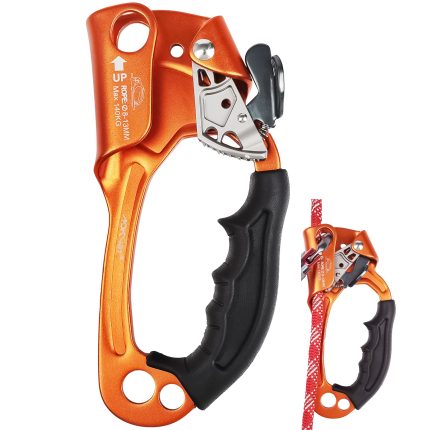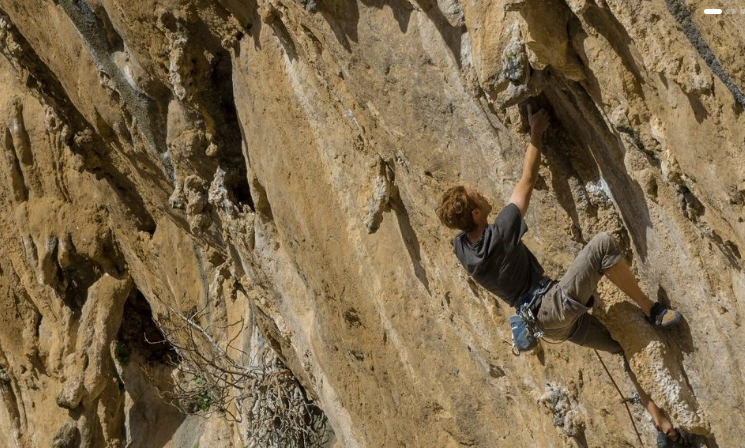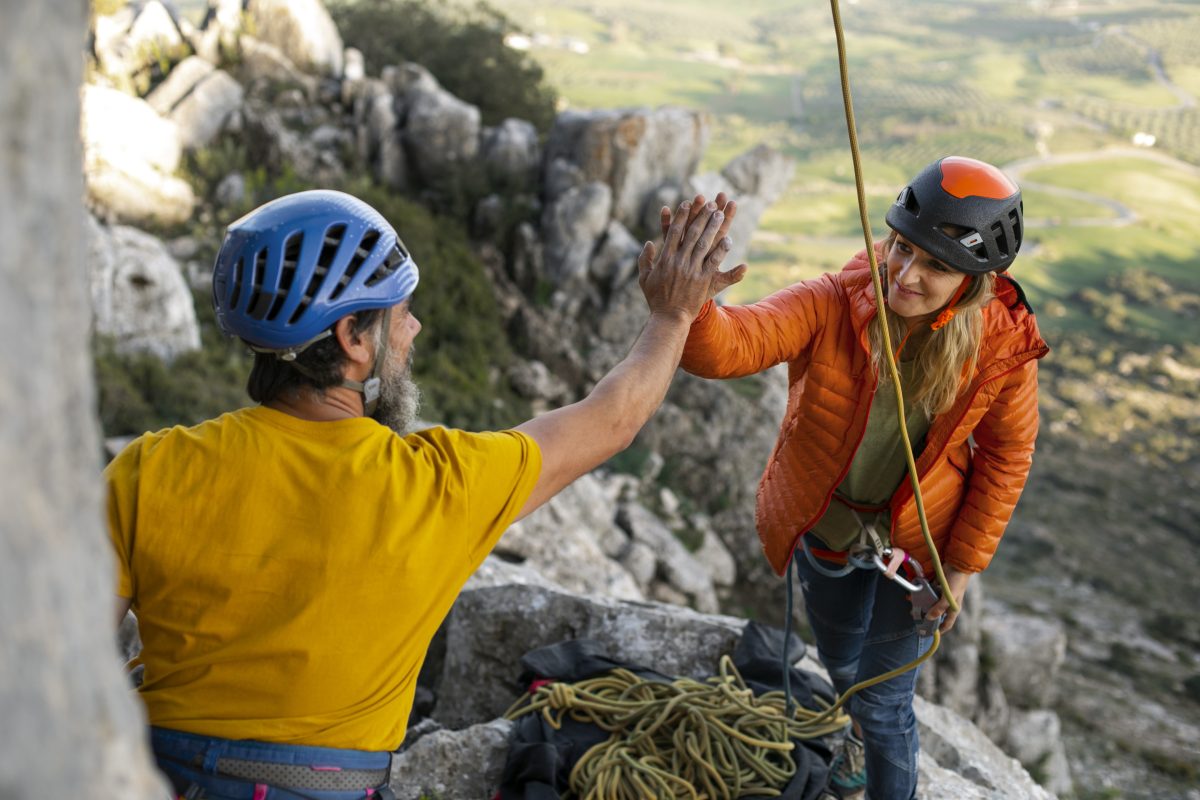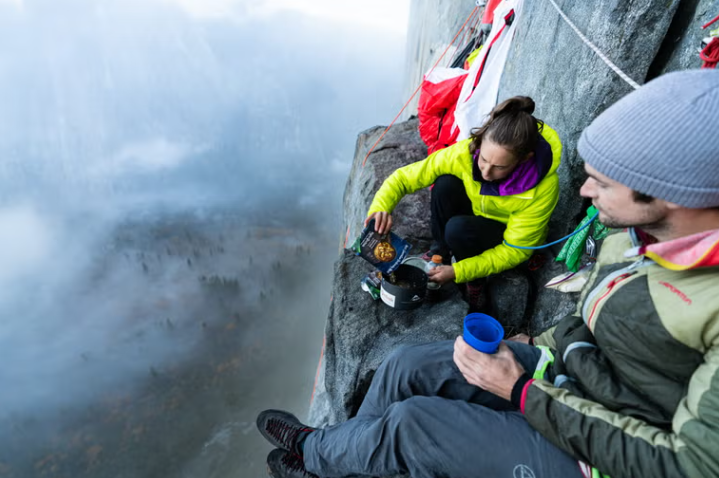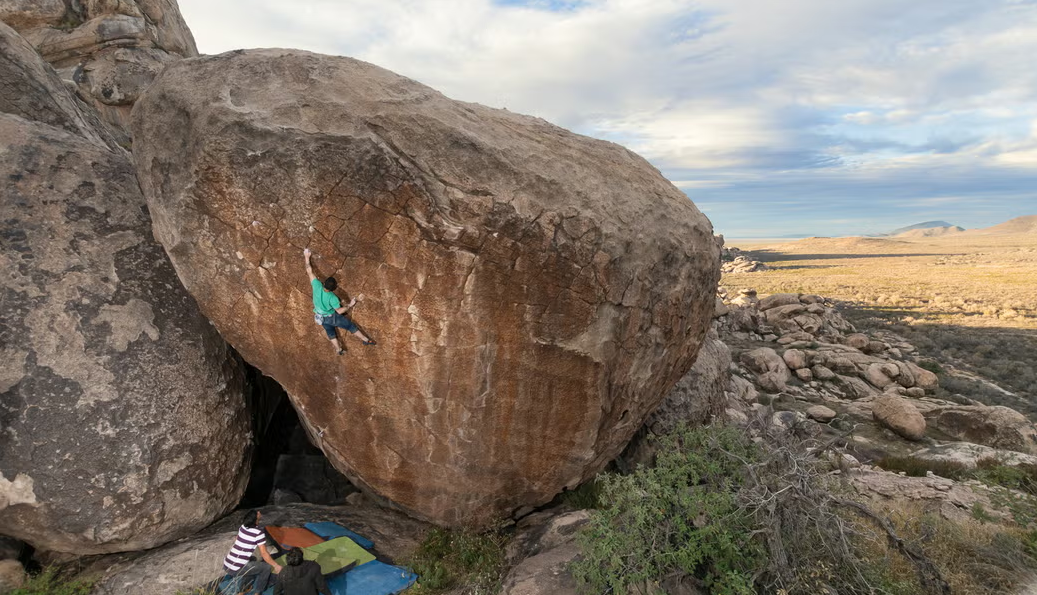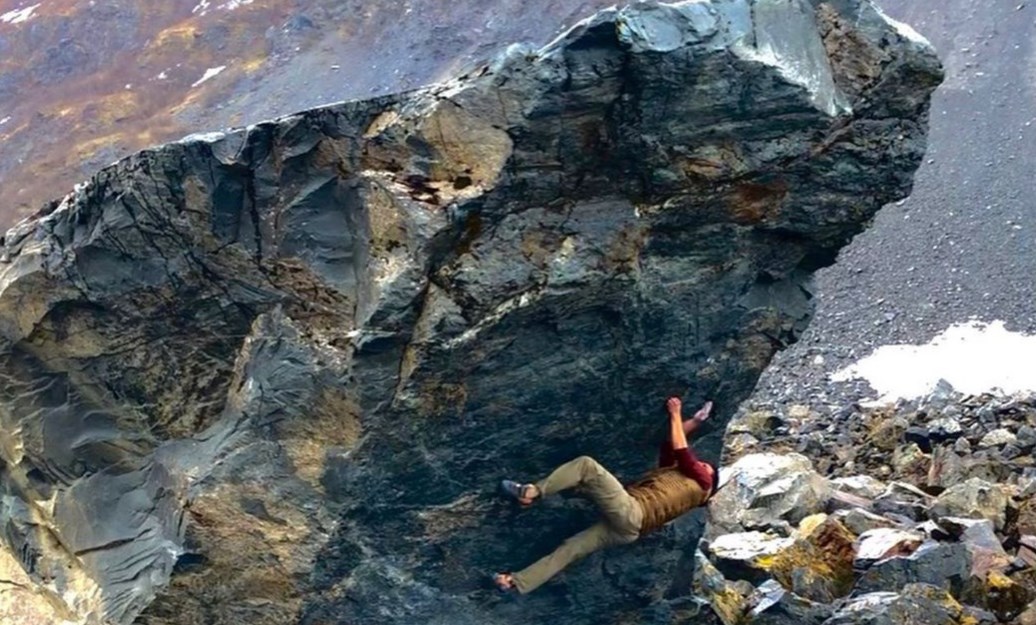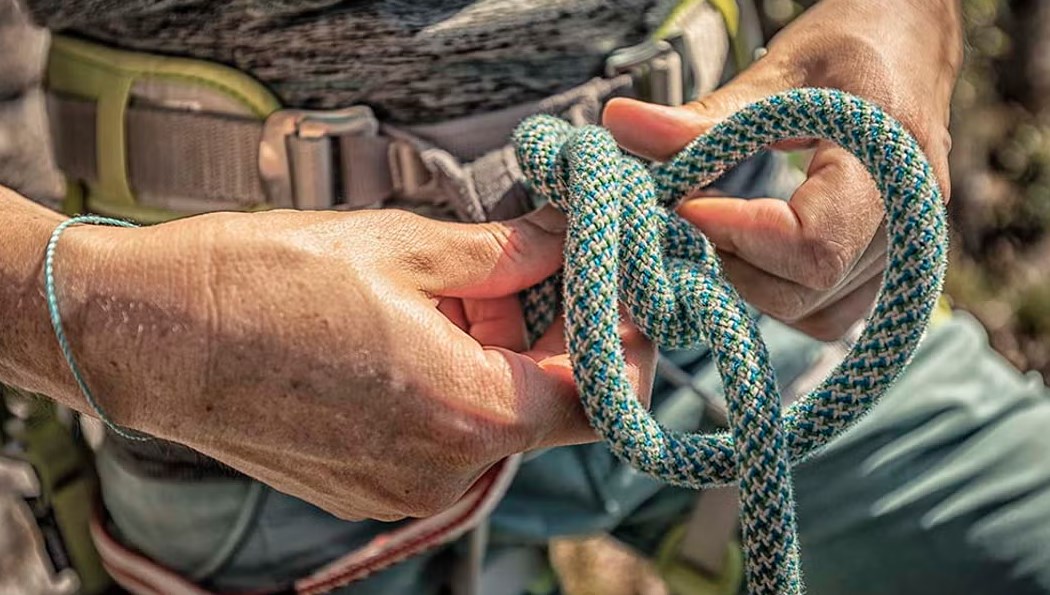Redpoint Climbing Success Techniques
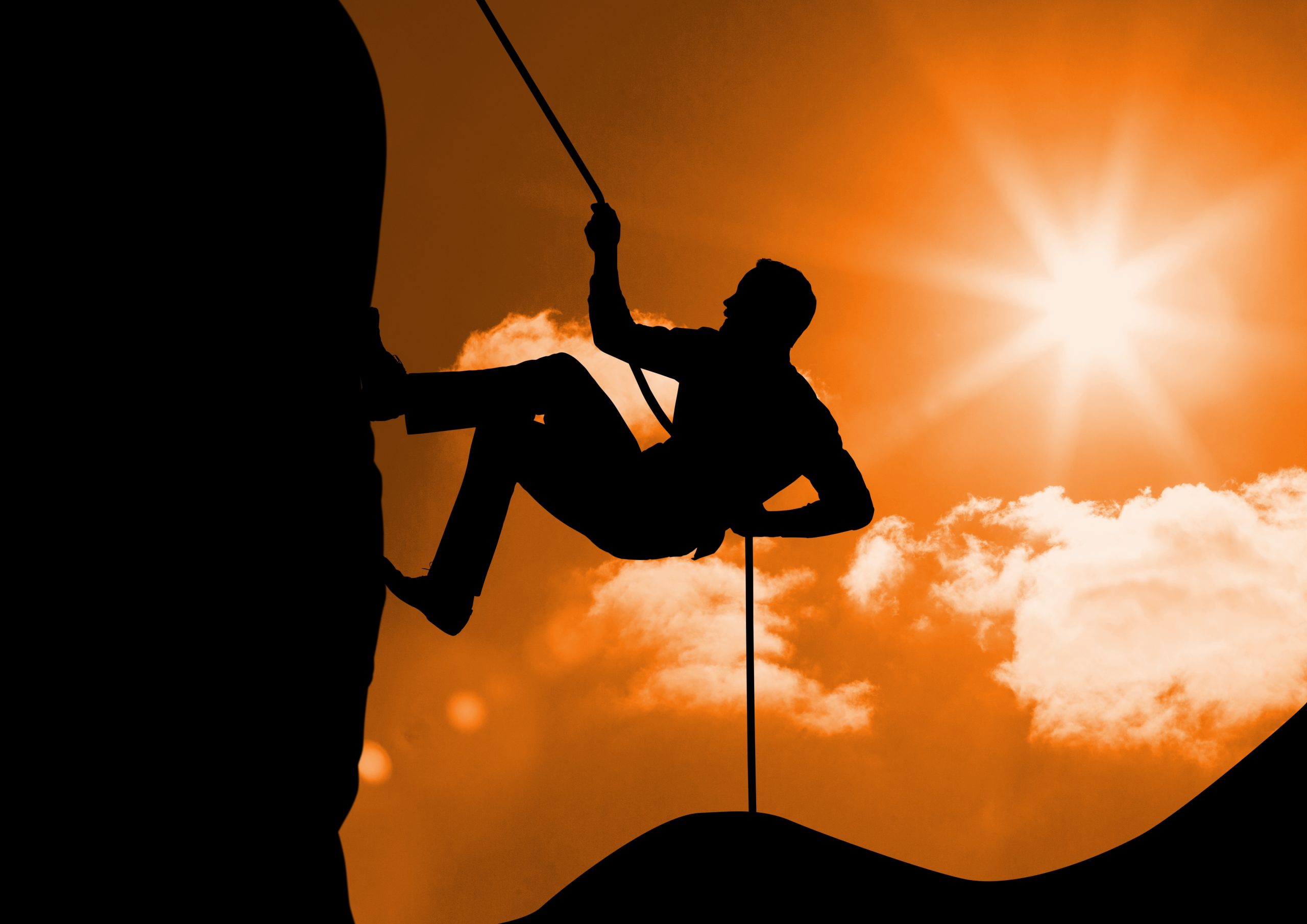
For climbing enthusiasts, redpoint climbing represents a significant challenge.
Compared to traditional climbing and onsighting, redpoint climbing may seem like a purely physical test.
In terms of perceived pressure, many assume redpoint climbing is relatively stress-free.
However, the psychological pressure of failing to complete a redpoint climb is unparalleled.
So, how do you overcome these pressures?
Training on challenging routes, particularly in bouldering, is essential.
Most failures stem from an inability to link movements, often due to mental barriers rather than physical limitations.
Even executing a simple move can become unmanageable under mental strain.
Causes of Falls:
- Endurance
Lack of endurance plagues many climbers. Moves that feel effortless during rope-free practice become impossible during redpoint attempts, as mental pressure compounds physical fatigue.
- Mental Fortitude
Sustained focus on lengthy cruxes overwhelms most climbers. Conversely, falls on easier sections often result from forgotten sequences, panic, or accumulated minor errors. Failure is frequently the culmination of small mistakes.
- Success Probability
The likelihood of completing a series of moves decreases exponentially. For example, if a climb comprises five moves, each with a 90% success rate, the probability of completing two moves is 81%, three moves 73%, and four moves 65%. If each move’s success rate drops to 80%, the probability of completing three moves falls below 50%. This excludes additional factors like anxiety or frustration.
- Fear of Falling
Even in competitive climbing, fear of falling remains a tangible issue. Such psychological stressors can push climbers to the brink of failure.
- Crux Syndrome
The crux consumes your focus, leaving no mental bandwidth for other tasks. Falls may occur on simpler moves due to overconfidence early on, which later evolves into a genuine problem.
Solutions:
The hardest part is identifying the root cause of these issues. Once identified, systematically addressing them will improve your climbing performance more effectively than physical training alone.
1.Endurance Issues
Solutions depend on whether you lack strength or endurance.
- Strength-Limited Climbers: If you fail due to insufficient strength or poor technique, prioritize strength training. Break large moves into smaller segments. If unable to climb without resting on the rope, revisit familiar routes to build confidence.
- Endurance-Limited Climbers: Train endurance or select routes that align with your stamina. Mental factors often exacerbate endurance challenges.
2. Mental Fortitude Issues
Most falls occur when the mind gives up. To combat this:
- Visualize the Entire Route: Imagine the crux being equally challenging for others. Exaggerate difficulties mentally to enhance focus.
- Create a Detailed Mental Map: Memorize hand and foot sequences, rest points, and critical holds. Ambiguity in visualization leads to failure.
- Conserve Energy: Minimize unnecessary movements like excessive clipping or labored breathing. Each minor action drains energy that could be used for the climb.
3. Success Probability
Maximize the success rate of each individual move.
4. Fear of Falling
Practice repeatedly. Ensure a skilled belayer and reliable protection systems. Never alter safety protocols casually. Train falling techniques to build confidence.
5. Crux Syndrome
If falling after the crux, reassure yourself that you can reach the top post-crux. If the crux extends to the finish, use this to maintain focus. As a novice, avoid forcing a redpoint on overly demanding routes. If you fall on the final move or clip, treat it as preparation for the next attempt.
By addressing these challenges methodically, you will refine both your physical and mental approach, ultimately enhancing your redpoint climbing performance.






